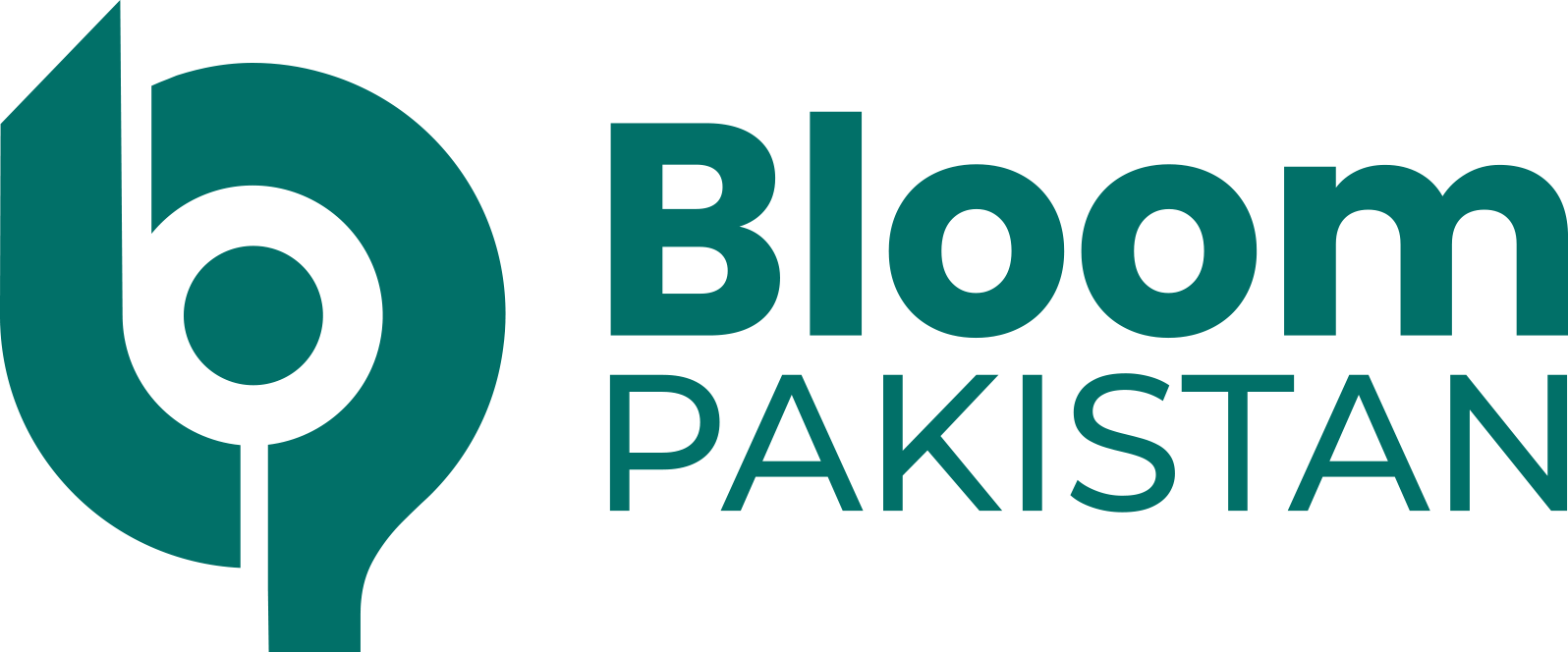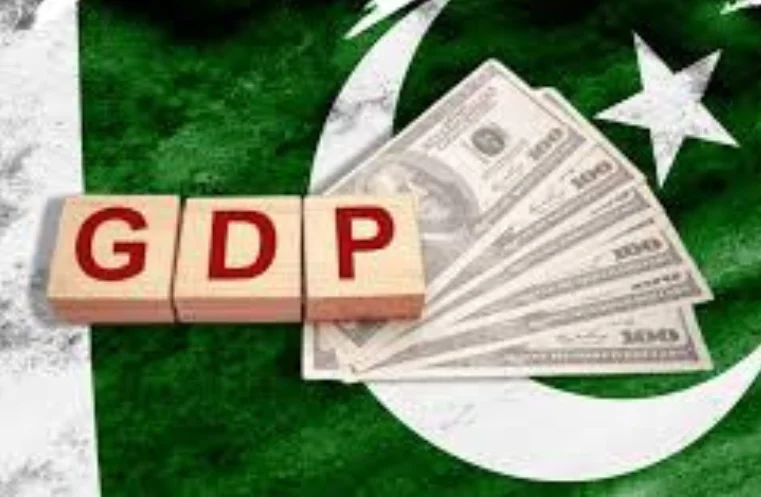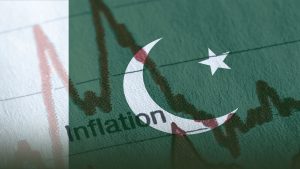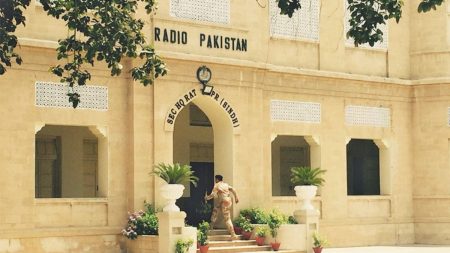Islamabad, March 26: Pakistan’s gross domestic product (GDP) recorded a growth of 1.73% in the second quarter (October-December) of fiscal year 2024-25, according to estimates released by the Pakistan Bureau of Statistics (PBS) on Tuesday.
Despite a contraction of 0.18% in the industrial sector during this period, the overall economy expanded, driven by growth in the agriculture and services sectors, which posted increases of 1.1% and 2.57%, respectively, as per a press release issued following the National Accounts Committee (NAC) meeting.
The NAC also approved a revised GDP growth estimate for the first quarter of FY2023-24, adjusting it from the previously reported 0.92% to 1.34%.
The revision was attributed to an upward adjustment in the services sector, which was revised from 1.43% to 2.21%, and an improvement in the industrial sector, where contraction slowed from -1.03% to -0.66%.
Read More: UN Report Predicts 3.4% GDP Growth for Pakistan in FY25
During the second quarter of FY2024-25, crop production contracted by 5.38%.
The decline in important crops stood at 7.65%, primarily due to reduced output in cotton (-30.7% to 7.084 million bales), maize (-15.4% to 8.24 million tons), rice (-1.4% to 9.72 million tons), and sugarcane (-2.3% to 85.62 million tons).
Additionally, the wheat crop recorded a 6.8% decline in cultivated area compared to the previous year.
The industrial sector, while still experiencing a downturn, showed improvement as its contraction rate eased from -1.81% in Q2 of 2023-24 to -0.18% in Q2 of 2024-25.
Mining and quarrying contracted by 3.29% due to lower production volumes, while the Large-Scale Manufacturing (LSM) sector, measured by the Quantum Index of Manufacturing (QIM), declined by 2.86%. Key industries contributing to this decline included sugar (-12.63%), cement (-1.82%), and iron & steel (-17.86%).
Also Read: Pakistan GDP Grows by Only 0.92% in Q1 FY25: National Accounts Committee
On the other hand, the services sector expanded by 2.57%, up from 1.32% in the same quarter last year.
The NAC attributed this growth to the moderation of CPI-based inflation, which positively impacted industries measured at current prices.
Significant contributors included information and communication (8.45%), finance and insurance (10.21%), public administration and social security (9.10%), public sector education (4.80%), and health (6.60%).









